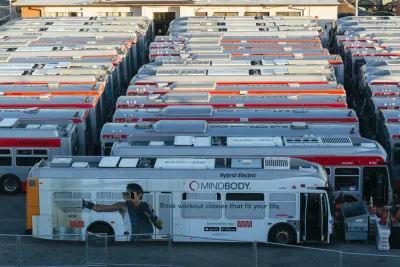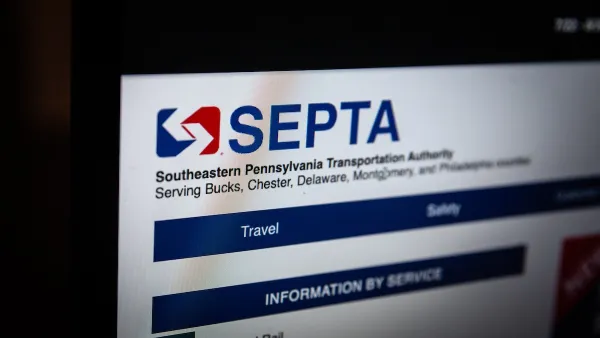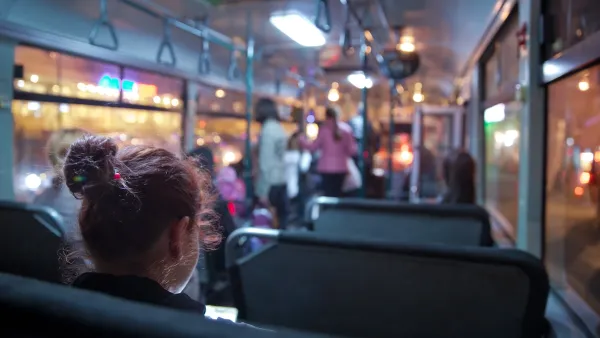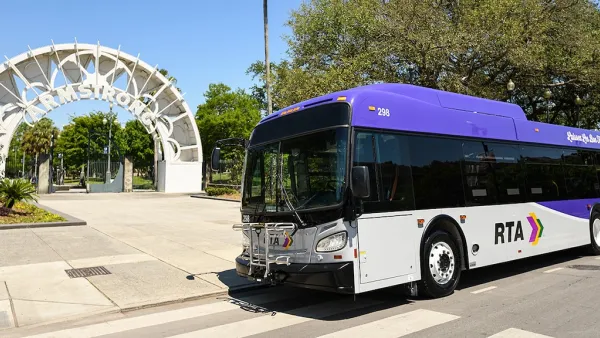The roots of the current U.S. transit crisis go deeper than the Covid-19 pandemic.

The ‘fiscal cliff’ facing many U.S. transit agencies, accelerated by drops in ridership and the end of pandemic-era assistance, is a sign of deeper, more structural problems, writes Daniel C. Vock in Route Fifty.
According to research from the Urban Institute, transit agencies need more diverse funding streams, rather than depending largely on one or two often volatile sources such as sales taxes and fare revenue. “Keeping a lid on operating costs has become even harder in the wake of the pandemic because of factors such as difficulty retaining drivers and higher material costs.”
The researchers have several recommendations for transit providers: “agencies can demonstrate that the public still wants robust transit service by, for example, creating rapid bus routes using dedicated lanes or redesigning their bus networks. They can look for a chance to redirect revenues from existing taxes, rather than pushing for raising new taxes. They can encourage dense development around their stations to promote future ridership and, in some cases, agency revenue. They could create and fill rainy day funds to smooth out future jolts to their revenue sources. And they could be ‘transparent about doomsday scenarios’ if they don’t receive more funding, with details about specific cuts that would result.”
FULL STORY: Looming ‘fiscal cliff’ shows deeper problems with transit funding, researchers say

National Parks Layoffs Will Cause Communities to Lose Billions
Thousands of essential park workers were laid off this week, just before the busy spring break season.

Retro-silient?: America’s First “Eco-burb,” The Woodlands Turns 50
A master-planned community north of Houston offers lessons on green infrastructure and resilient design, but falls short of its founder’s lofty affordability and walkability goals.

Delivering for America Plan Will Downgrade Mail Service in at Least 49.5 Percent of Zip Codes
Republican and Democrat lawmakers criticize the plan for its disproportionate negative impact on rural communities.

Test News Post 1
This is a summary

Test News Headline 46
Test for the image on the front page.

Balancing Bombs and Butterflies: How the National Guard Protects a Rare Species
The National Guard at Fort Indiantown Gap uses GIS technology and land management strategies to balance military training with conservation efforts, ensuring the survival of the rare eastern regal fritillary butterfly.
Urban Design for Planners 1: Software Tools
This six-course series explores essential urban design concepts using open source software and equips planners with the tools they need to participate fully in the urban design process.
Planning for Universal Design
Learn the tools for implementing Universal Design in planning regulations.
EMC Planning Group, Inc.
Planetizen
Planetizen
Mpact (formerly Rail~Volution)
Great Falls Development Authority, Inc.
HUDs Office of Policy Development and Research
NYU Wagner Graduate School of Public Service





























